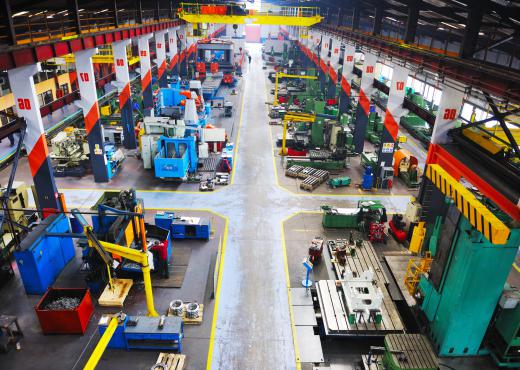Component engineering is the design of various pieces and parts that fit into larger projects. Engineers in this field are responsible for the design, production, and improvement of small parts to make the larger part a functioning piece. Redesign and improvement of such pieces can also play a role in the job.
Almost every manufacturing, development, and technology industry requires the skills of a component engineer. Medical research facilities, aerospace design, military defense systems, and the telecommunications industry all use the services of those in the component engineering field in order to create products, equipment, and new technologies. Depending on the industry, those active in the field can work with a wide variety of technologies and materials. From individual car parts and magnetic arrays to fiber optics, the result of research and development by component engineering firms can be seen almost everywhere there is machinery or technology.

It is the job of individuals in this field to take on the challenge of designing parts to fit into a larger whole. In addition to being able to design the part to function as it is intended, component engineers must also be able to create parts that will fit into and function with a system that has already been built. They must be able to understand how the larger whole works, and think on a scale larger than the piece being designed. Alternately, when involved with a project being built from the ground up, engineers must also be able to visualize how a part will fit into an item that has yet to be built.

Regardless of what kind of technology or processes the engineer is working with, some general skills can be applied to almost any area of component engineering. In addition to general engineering basics, having a background in areas such as mathematics, technical drawing, electronics, or chemistry can also be beneficial. Since many of the tasks of component engineering have no precedent, the ability to visualize three-dimensional objects from a two-dimensional drawing is also key.

Business is also one of the important considerations of component engineering. In addition to creating parts that function as intended, clients of engineers also need parts that perform up to a specific standard while the cost of the project remains within predetermined parameters. Other considerations include the ability to mass-produce a part, easily install it, and easily replace it should something go wrong.
